Inspired by this article, I'm trying to build a Conditional GAN which will use LSTM to generate MNIST numbers. I hope I'm using the same architecture as in the image below (except for the bidirectional RNN in discriminator, taken from this paper):
When I run this model, I've got very strange results. This image shows my model generating number 3 after each epoch. It should look more like this. It's really bad.
Loss of my discriminator network decreasing really fast up to close to zero. However, the loss of my generator network oscillates around some fixed point (maybe diverging slowly). I really don't know what's happening. Here is the most important part of my code (full code here):
timesteps = 28
X_dim = 28
Z_dim = 100
y_dim = 10
X = tf.placeholder(tf.float32, [None, timesteps, X_dim]) # reshaped MNIST image to 28x28
y = tf.placeholder(tf.float32, [None, y_dim]) # one-hot label
Z = tf.placeholder(tf.float32, [None, timesteps, Z_dim]) # numpy.random.uniform noise in range [-1; 1]
y_timesteps = tf.tile(tf.expand_dims(y, axis=1), [1, timesteps, 1]) # [None, timesteps, y_dim] - replicate y along axis=1
def discriminator(x, y):
with tf.variable_scope('discriminator', reuse=tf.AUTO_REUSE) as vs:
inputs = tf.concat([x, y], axis=2)
D_cell = tf.contrib.rnn.LSTMCell(64)
output, _ = tf.nn.dynamic_rnn(D_cell, inputs, dtype=tf.float32)
last_output = output[:, -1, :]
logit = tf.contrib.layers.fully_connected(last_output, 1, activation_fn=None)
pred = tf.nn.sigmoid(logit)
variables = [v for v in tf.all_variables() if v.name.startswith(vs.name)]
return variables, pred, logit
def generator(z, y):
with tf.variable_scope('generator', reuse=tf.AUTO_REUSE) as vs:
inputs = tf.concat([z, y], axis=2)
G_cell = tf.contrib.rnn.LSTMCell(64)
output, _ = tf.nn.dynamic_rnn(G_cell, inputs, dtype=tf.float32)
logit = tf.contrib.layers.fully_connected(output, X_dim, activation_fn=None)
pred = tf.nn.sigmoid(logit)
variables = [v for v in tf.all_variables() if v.name.startswith(vs.name)]
return variables, pred
G_vars, G_sample = run_generator(Z, y_timesteps)
D_vars, D_real, D_logit_real = run_discriminator(X, y_timesteps)
_, D_fake, D_logit_fake = run_discriminator(G_sample, y_timesteps)
D_loss = -tf.reduce_mean(tf.log(D_real) + tf.log(1. - D_fake))
G_loss = -tf.reduce_mean(tf.log(D_fake))
D_solver = tf.train.AdamOptimizer().minimize(D_loss, var_list=D_vars)
G_solver = tf.train.AdamOptimizer().minimize(G_loss, var_list=G_vars)
There is most likely something wrong with my model. Anyone could help me make the generator network converge?

